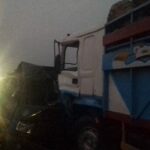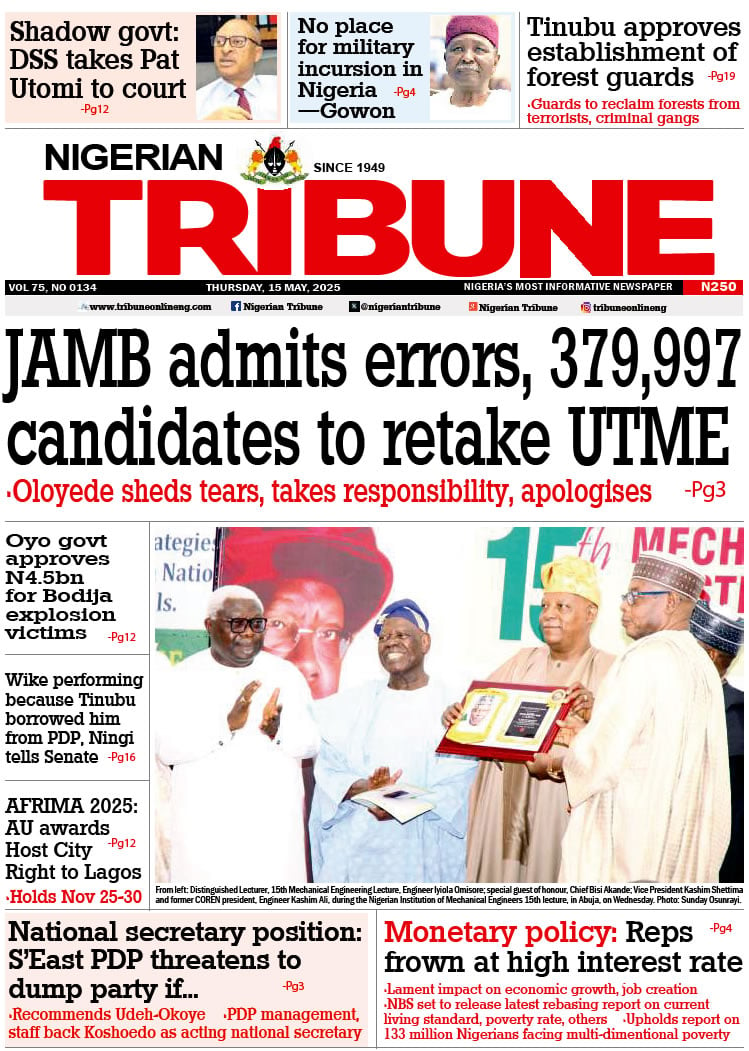The National Bureau of Statistics (NBS) launched the 2022 Multidimensional Poverty Index (MPI) Survey results for the 36 states and FCT on 17/11/2022. The index highlighted a high rate of poverty in the Northern states.
Key findings for the entire country, as revealed in the survey, indicated that 63% (133 million) of Nigerians are poor. Specifically, 72% of people in rural areas and 90% of rural children live in poverty.
Highlights for Northern Nigeria revealed that 65% (86 million people) of the 63% (133 million people) poor individuals in Nigeria reside in the North. Notably, 91% of people in Sokoto state are poor, while Ondo state has a comparatively lower rate of 27%.
Moreover, the incidence of child Multidimensional Poverty Index (MPI) is greater than 95% in Gombe, Kebbi, and Sokoto states, and 90% of children in the North-West and North-East are poor, with the South-West having just 65.1%.
The statistical summary of the challenges in Northern Nigeria, according to the survey, includes drug addiction and abuse, which accounts for 60%, according to the UNODC, with 9 million active users. The states ranking in this regard showed that Kano leads with 1.1 million, followed by Bauchi with 530,000, Katsina with 462,000, and Kaduna with 420,000.
According to the survey, the poverty rate in Northern Nigeria is 86%, with Sokoto, Bauchi, and Zamfara leading the pack. The proportion of the population that is multidimensionally poor, in percentage, are: Sokoto – 86.10, Jigawa – 83.30, Zamfara – 82.70, Yobe – 81.70, Bauchi – 81.30, Kebbi – 79.10, Katsina – 77.50, Gombe – 77.40, Kano – 68.80, Taraba – 65.10, Borno – 64.00, Niger – 61.60, and Adamawa – 59.90.
Furthermore, Northern Nigeria accounts for 9 million of the 14 million out-of-school children in Nigeria, with the following statistics: North-West – 4.9 million, North-East – 2.8 million, and North-Central – 1.6 million.
The average fertility rate indicates that the world has 2.7 children per woman, while Africa has 4.1, West Africa has 4.7, and Nigeria has 5.3. The statistics indicate that the North West has 6.6, North East: 6.1, North Central: 5.0, South East: 4.7, South South: 4.0, and South West: 3.9, while Katsina has 7.3, Bauchi: 7.2, Jigawa: 7.1, and Sokoto: 7.0.
The survey further shows that the doctor-to-patient ratio in Northern Nigeria is very poor, not to mention the dilapidated hospitals and primary healthcare centers across the 19 Northern states. In Jigawa, the ratio is 45,799 patients to 1 doctor, Taraba: 36,710, Zamfara: 34,031, Kebbi: 31,804, Katsina: 30,338, Adamawa: 29,751, Bauchi: 27,833, Niger: 26,490, Yobe: 25,650, Sokoto: 25,623, Kano: 21,385, and Kogi: 21,146.
Also, the girl-child (age 6 and above) with no form of education indicated that in the North East, it is 57 in 100, North West: 55 in 100, North Central: 36 in 100, South East: 14 in 100, South West: 14 in 100, and South South: 11 in 100. In Sokoto state, it is 82 in 100, Kebbi: 79 in 100, Yobe: 74 in 100, and Zamfara: 72 in 100.
According to UNESCO, states should allocate a minimum of 25% of their budget to education, while the situation in Northern Nigeria is 17%, and Southern Nigeria is 43%. The survey highlights that only states like Kaduna have 25%, Kano 23%, and Sokoto 23%, meeting the recommended threshold.
The full report can be accessed at www.nigerianstat.gov.ng.
READ ALSO FROM NIGERIAN TRIBUNE






